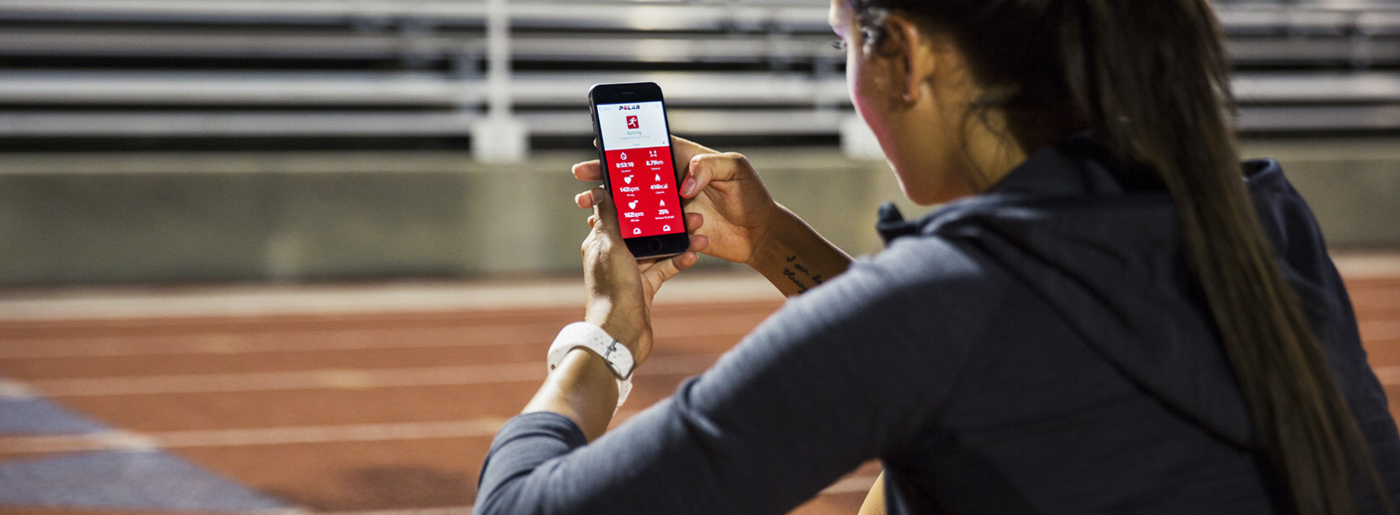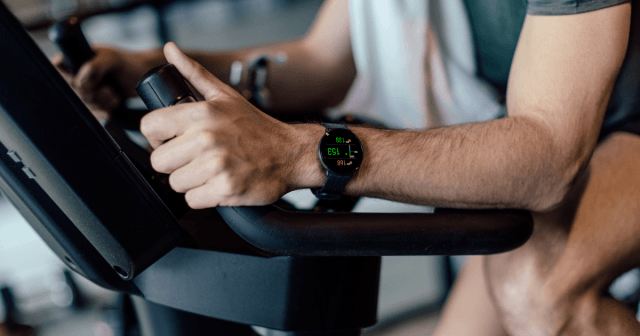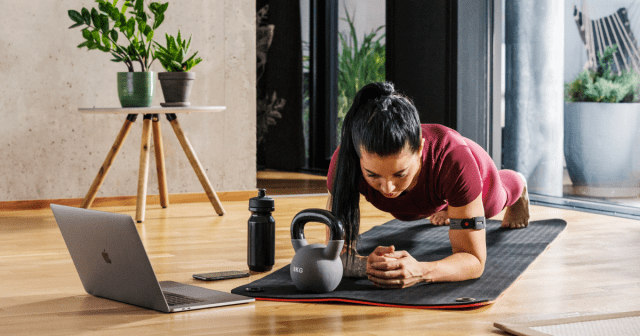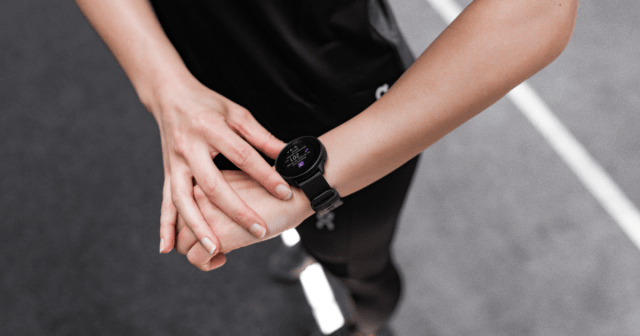If you’re training for a race, tracking your fitness is seemingly simple: Put on your favorite watch, hit start, and assess your splits when you’re done. And if you’re a gym rat, you can pretty easily size up your fitness gains (or losses—they happen!) by keeping track of how much weight you’re lifting one week versus the previous or following week.
But what if you’re just trying to get – or stay – in shape? What if there’s no actual finish line that you’re working toward, but you still want to check in on your progress?
Rachel Nicks, a group fitness instructor at BFX Studios and FLEX Studios in New York City, says you don’t necessarily need to have a race on the calendar or a weight room at your disposal to measure your fitness goals. “Commitment is key,” Nicks says. “When you approach your goals with a positive state of mind, you’ll find more positive and sustainable outcomes.” Here are six motivating – and measurable – ways to keep track of your progress.
1. Journal everything
While training apps (hello, Polar Flow!) are super helpful in measuring the nitty-gritty details of your workout, some good, old-fashioned journaling can turn you on to cues beyond the data-driven ones. “Write down your goals and the workout plan you’re using to reach them,” says Nicks. “Then write about each workout once it’s complete – what felt stronger and what felt weaker, knowing you’ll have good days and bad ones. Taking note of your workouts can provide useful information and feedback.”
But don’t just stop at your daily mileage and mindset. Nicks also says to keep track of your meal plan (and grocery list so you can meal prep), what you’re eating, how much you’re consuming, and when and where you’re eating. “No judgments,” she says. “Just write it all down. When are you most hungry? Do you wait until you’re starving, or do you eat at set times? How much water are you drinking? What are you drinking? Do your moods dictate when you eat and what you eat?”
After consistent journaling for a week or two, Nicks says to enlist a trainer or dietitian to help you make healthy, forward-thinking changes. “Use the journal to identify both good and bad habits so you know what to keep and where to adjust,” she says. “It will feel so good to look back at how much you changed as you get closer to your goals.”
2. Use your data to your advantage
All that data you’re collecting during every workout is fun to look at, but it’s also one of the best ways to track your fitness progress over time.
The Polar Fitness Test, for example, measures your aerobic fitness in just five minutes based on your heart rate and other personal factors. (And you get to lie down while you do it!) Tracking your resting heart rate over time and your VO2 max can also tell you where you’re at and how you’re improving – or if you’re staying stagnant and need to change up your routine.
3. Take progress photos
You don’t have to post them on Instagram (#nofilter) or share them with anyone (unless that motivates you!), but taking a weekly selfie is a great way to visually see the progress you’re making. “Many times, the number on the scale stays the same but the way our bodies look actually changes,” Nicks says. “That’s why it’s important to measure progress in more than one way.” Take a full-body photo once a week wearing the same thing (underwear, a bathing suit, or workout clothes will be best), using the same camera, standing in the same spot at the same time of day.
4. Track your measurements
“Many times, one side of our body is stronger and more developed than the other side,” Nicks says. “So taking measurements of your waist, thighs, arms, and hips is a helpful way to gather that information.” Measurements aren’t just handy if your goal is to lose weight. They can also help you identify strengths and weaknesses, as well as imbalances.
5. Take the clothes test
Nicks loves clothing measurements because you feel rewarded when certain items fit the way you want. “Pick a pair of jeans you love and use them as a tool to measure your progress,” she says. Whether you want to lose weight to fit back into them or you’re trying to tone up in order to fill them out better, having one pair of pants or a designated “progress outfit” will let you know exactly where you’re at.
6. Weigh yourself – but don’t obsess over the number on the scale
“Just use the scale as another tool or way to get information,” Nicks says. “Do not get obsessed. It’s just a number. You may stay at the same weight, but other amazing changes are happening and progress is occurring.” So step on the scale at the beginning of your fitness journey and log it in your journal. Weigh yourself once a week in the morning – before eating or working out, but after going to the bathroom.
If you liked this post, don’t forget to share so that others can find it, too.
Or give it a thumbs up!
I like this article
Please note that the information provided in the Polar Blog articles cannot replace individual advice from health professionals. Please consult your physician before starting a new fitness program.






